[NB: check the byline, thanks. Updates at the bottom of this post. /~Rayne]
After Thursday’s Musk-ian tantrum booting off more than eight journalists from Twitter, there was a stampede of new users opening accounts on the open social media platform Mastodon.
It bogged down performance considerably on the largest servers. My timelines lagged by nearly three hours at one point on mstdn.social. But that was Friday; there wasn’t a lot of urgent news. We could afford the lag.
Though service improved greatly over 24 hours later, servers may still be throttled a bit. They’ll likely be upgraded over the next week or two depending on the instance and if traffic continues to level out over the next 48 hours.
The lag will be more obvious than some of the corporate-owned commercial platforms, but we’ve all seen now what the price is for the responsiveness of commercial Big Tech.
Besides, we’ve been here before during early rapid growth of a platform.
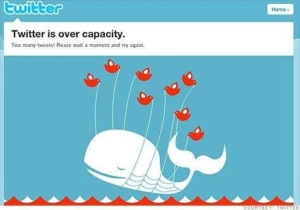
We’ll get through this.
~ ~ ~
Now that journalists have finally been confronted by the reality their go-to social media platform is run by an erratic narcissist, it’s time to ask what’s next.
Some of the outlets employing these journalists are already turning a blind eye to what happened now that Musk has lifted the suspension on several journalists. The selective approach should be yet another signal to media outlets that there is no return to normal. The big name outlets like CNN, NYT, NBC saw the ban on their journalists lifted, but the smaller independent outlets and freelance journalists are still suspended.
Among them are the only woman of color who was banned (Linette Lopez) and a commentator who’s retired from political commentary (Keith Olbermann). Hello racism, misogyny, ageism, and not a single complaint from the big media outlets about this because they’re not affected (wow, if that doesn’t say something else).
Not only is the Musk-ian problem of throttled journalism continuing, it will happen again. It’s just a matter of time before some other issue arises which trips Musk’s hair trigger and a journalist or outlet will be suspended.
(While I was writing this piece, Washington Post’s Taylor Lorenz was suspended from Twitter without explanation. Her account also happens to be on the so-called antifa list circulated last month — surely just a coincidence, hmm?)
There’s purpose to this beyond an expression of Musk’s shallowness. It’s now a means to change the subject and redirect journalists’ attention — even away from some of the journalism being throttled.
What was it that Lopez reported which triggered Musk? Why isn’t that getting more attention?
And as I asked in my previous post, what really tripped the suspension of Matt Binder? Was it about Tesla’s performance?
This is among the what’s next actions: journalists and their employers need to stop getting played by Musk the same damned way they were played by another malignant narcissist who mastered undermining and marginalizing the media.
Stop navel gazing and start doing more and better reporting about Musk and his effect on free speech and press freedom.
Publish it on an open social media platform, which the narcissist’s platform isn’t.
Do that with all reporting.
~ ~ ~
Consultant Dan Hon has posted a few observations, assessments, and recommendations of media outlets’ next steps. He began writing about news organizations moving to open web platform Mastodon back in October just before Musk took ownership of Twitter, before journalists were banned:
— News outlets need a Mastodon instance;
— Instances should be associated with organization’s existing website URL to ease discovery while building on and enhancing brand;
— Instances should verify its journalists’ (and opinion columnists’) identities through the Mastodon instance;
Thursday’s journalists’ suspensions emphasize the importance of Hon’s recommendations. News media shouldn’t be held hostage by a single billionaire with an attitude, especially if these outlets don’t have financial relationship with that billionaire and his social media business.
It’s possible the big name media outlets whose journalists’ suspensions were lifted have or have had advertising purchases with Twitter which influenced Musk’s handling of the suspensions.
No outlet so far has copped to this though it’s certain some participate in Twitter’s video monetization program Amplify. We only know that some of the outlets begged for mercy *cough* asked for reconsideration of the suspensions.
The New York Times asked its reporters not get into confrontations with Musk in public view on Twitter.
In one case the news outlet has punished the journalist for their coverage of Musk. NBC dressed down Ben Collins and pulled him off coverage of Twitter for his tweets earlier in the month which were characterized as “not editorially appropriate.”
NBC’s behavior may have emboldened Musk.
Entities pleading with Musk like the American Foreign Service Association on behalf of VOA’s Steve Herman may only have fed Musk’s ego.
FreePress.net’s insistence Musk step aside as Twitter’s CEO is laughable given how much of his own wealth is invested in the business, not to mention Musk was exercising his own free speech rights suspending journalists.
None of these actions deal with the problem, which is that a media platform has been taken over by a billionaire fascist narcissist with no genuine interest in free speech and a free press.
Dealing with this effectively means building a better mousetrap which can’t be overtaken by a single person’s whims.
There have been some instances established on open platform Mastodon for some media outlets listed below:
— USA —
https://c.im/@ABC (bot)
https://c.im/@CNN (bot)
https://c.im/@NBC (bot)
https://journa.host/@onthemedia
https://journa.host/@[email protected]
https://mstdn.social/@RollingStone
https://newsie.social/@TheConversationUS
https://newsie.social/@themarkup
https://newsie.social/@Chalkbeat
https://newsie.social/@STAT
https://newsie.social/@ProPublica
https://newsie.social/@damemagazine
https://mastodon.world/@FAIR
https://mastodon.world/@foreignpolicy
https://mastodon.world/@theprospect
https://mastodon.social/@niemanlab
https://mastodon.social/@GovTrack
— US Local —
https://mastodon.social/@gbhnews
https://mastodon.social/@KCStar (bot)
https://texasobserver.social/@TexasObserver
https://newsie.social/@Chron
https://mastodon.tucsonsentinel.com/@TucsonSentinel
https://journa.host/@msfreepress
https://journa.host/@berkeleyscanner
https://sfba.social/sfchronicle
https://sfba.social/@sfgate
https://sfba.social/@sfstandard
https://sfba.social/@thevallejosun
https://verified.mastodonmedia.xyz/@theoregonian
https://mas.to/@sltrib
— Technology —
https://c.im/@Mashable (bot)
https://c.im/@Engadget (bot)
https://geeknews.chat/@arstechnica
https://mastodon.social/@macrumors
https://restof.social/@restofworld
— Sports —
https://c.im/@NBA (bot)
https://c.im/@NFL (bot)
https://c.im/@MLB (bot)
https://c.im/@NHL (bot)
https://c.im/@Soccer (bot)
— International —
https://botsin.space/@bbcworld (bot)(UK)
https://bylines.social/@BylinesNetwork (UK)
https://bylines.social/@BylinesScotland (Scot)
https://bylines.social/@BylinesCymru (Wales)
https://bylines.social/@YorksBylines (UK)
https://bylines.social/@NEBylines (UK)
https://bylines.social/@BylinesEast (UK)
https://bylines.social/@CentralBylines (UK)
https://bylines.social/@NWBylines (UK)
https://bylines.social/@KentBylines (UK)
https://bylines.social/@SussexBylines (UK)
https://bylines.social/@WEBylines (UK)
https://c.im/@BBC (bot)(UK)
https://c.im/@DW (bot)(German)
https://mastodon.social/@riffreporter (German)
https://mamot.fr/@lesjoursfr (France)
https://mamot.fr/@mdiplo (France)
https://piaille.fr/@Vert_le_media (France)
https://piaille.fr/@politis (France)
https://amicale.net/@lemondefr (bot)(France)
https://masto.ai/@linforme (France)
https://mastodon.social/@Reporterre (France)
https://mastodon.social/@Mediapart (France)
https://mastodon.social/@citizenlab (Canada)
https://mastodon.social/@rferl (International, Ukraine)
Note those marked (bot) — these may not have been established by the news organization but instead by some other entity whose identity is not clear. They are cross-posting news headlines from somewhere, possibly Twitter. Each (bot) is a failure; it may share the organization’s news articles faithfully, but the site isn’t verified and its posts will never answer any questions from readers. It’s a loss of control over IP and branding, at a minimum.
The real successes are those which set up their own instances, like the Texas Observer. Best in class is the Bylines Network which has not only established an instance but accounts for each of its local news subsidiaries. Ideally this is what news organizations like Gannett or McClatchy would do with their network of local papers.
Of course these are all news outlets which still focus on print; television news should take the same approach.
And all of the journalists who report for these entities should have verified accounts with their employers’ instance.
Not a single thin dime need be spent on Twitter Blue to achieve verification.
Every instance is an opportunity to develop a closer relationship with readers in ways Twitter couldn’t provide. Because Mastodon is RSS friendly, every one of the news outlets above can be followed with an RSS reader by simply adding .rss to each address and then adding the address to a preferred RSS reader.
~ ~ ~
Why haven’t or won’t media outlets migrate to an instance on open platform Mastodon? As Don Hon wrote, it’s a bunch of work! It needs maintenance not unlike a website, and it needs a level of creative thinking which Twitter/Facebook/Instagram haven’t required because they’ve been fairly stable for years. The open web and the Fediverse is terra nova for news organizations, and it will take some craftiness to develop an new media ecosystem with measures to determine success of any invested effort.
It’s also too tempting to look at another billionaire-funded closed platform like Post.news and assume from its polished finish that this might return media outlets to normalcy.
Sadly, no. Many users are turned off by what has been characterized as a hollow echo chamber effect with little community building.
There are still more opportunities but each has has major drawbacks. Hive.social has had a major security problem; Jimmy Wales’ WT.social in beta phase is based in the UK and subject to entirely different laws regulating speech and intellectual property; no one wants to go back to relying on Facebook or Instagram, and LinkedIn wasn’t designed for the kind of community usage Twitter has had.
I have yet to hear anyone express interest in Jack Dorsey’s BlueSky which is still in development.
At some point media outlets need to face reality, as UCLA Associate Professor of Information Studies Dr. Sarah T. Roberts explained:
As people are leaving Bird for good, I find that many are engaged in what I believe is a dangerous and misguided game of mixing apples and oranges. After what just happened, and all that it has revealed about reliance on for-profit corporate entities for interpersonal and community interaction, why advocate for another such environment? Substack is already known garbage, and Post provides no future-proofing. When I say, “seize the means of your social media production,” this is why.
Seize the means, indeed.
~ ~ ~
UPDATE-1 — 12:15 P.M. ET 18-DEC-2022 —
Community member Laura Hoey informed us The Oregonian (OregonLive.com) has a Mastodon account. I’ve added it to the list of local news outlets above.
It’s a particularly interesting addition because the host instance, https://verified.mastodonmedia.xyz, is a dedicated server for use by journalists or media personalities. The owner/operator is Matt Karolian, who describes himself as “Boston Globe by day, Mastodon Admin by night.”
If you know of a local news outlet which has a Mastodon account but isn’t on the list above, let me know in comments and I’ll add it as long as comments are open on this post. Thanks!
UPDATE-2 — 3:50 P.M. ET 18-DEC-2022 —
Another local news outlet added to the list, courtesy of community member Katrina Katrinka. See Salt Lake Tribune at https://mas.to/@sltrib.
If you are a newer user of Mastodon and find the site laggy, it’s because of a crush of new accounts and more posts. I’m trying to write yet another post which should address the reason for this influx.


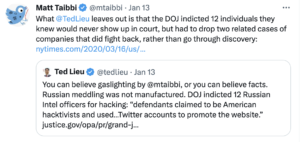







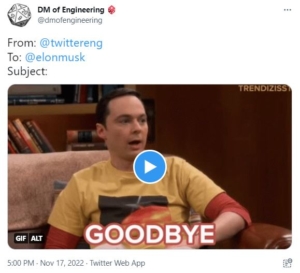
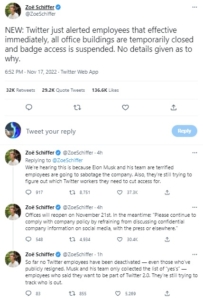
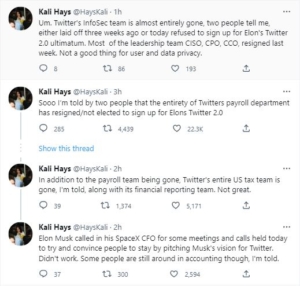
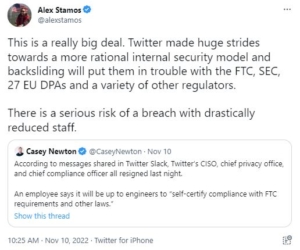
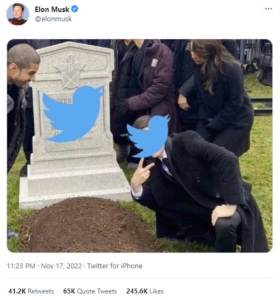
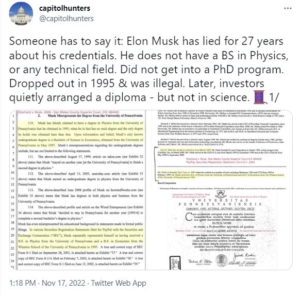
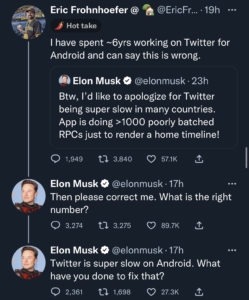
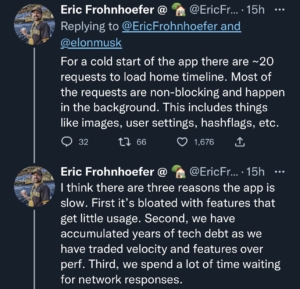

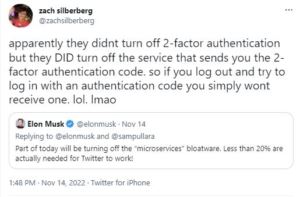
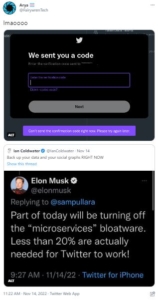

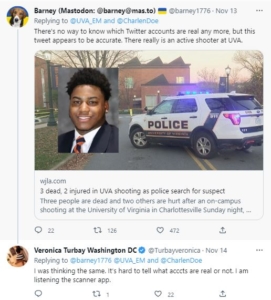
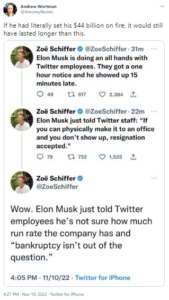
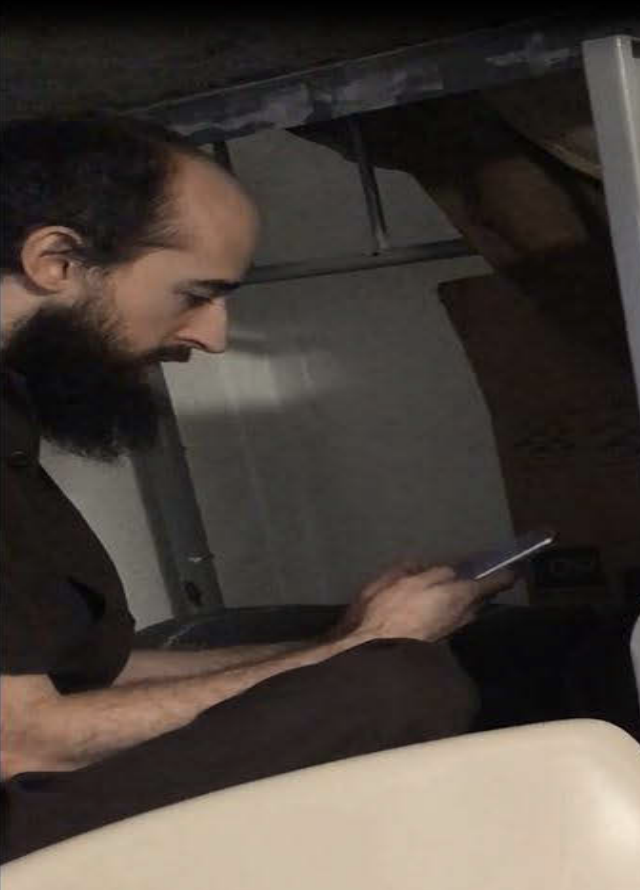
![[Photo: National Security Agency, Ft. Meade, MD via Wikimedia]](https://www.emptywheel.net/wp-content/uploads/2017/08/NationalSecurityAgency_HQ-FortMeadeMD_Wikimedia.jpg)